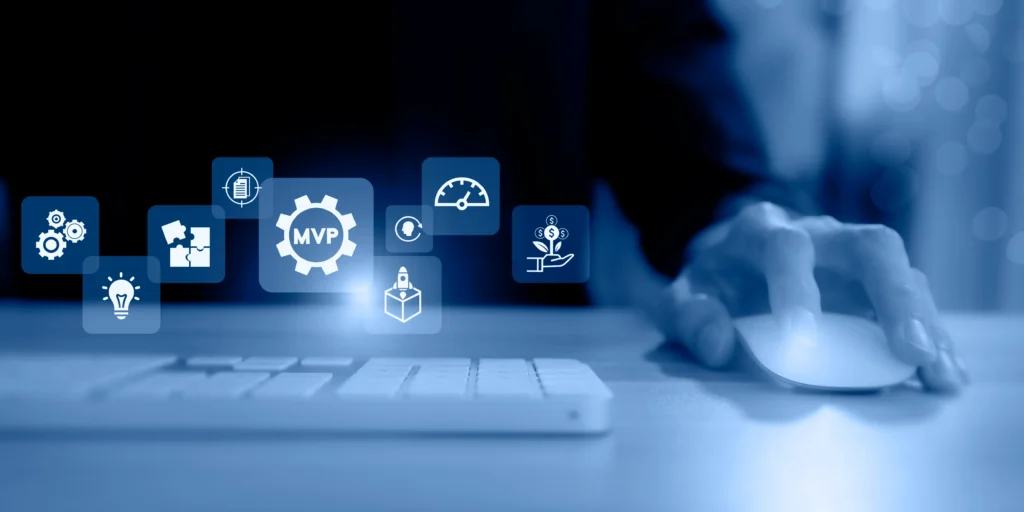In 2023, developing an MVP (Minimum Viable Product) is all about speed and feedback. Teams use lean and agile methods to build only core features for early testing. Rapid prototyping tools – like Figma, Sketch, or no-code platforms (Webflow, Bubble) – let developers and designers mock up interfaces quickly. This means business concepts can be validated with users before large investments are made.
The guiding principle is user-centricity. By involving end users early, teams ensure the MVP solves real problems. Research backs this up: teams “that concentrate on the user perform 40% better” in outcomes. In practice, this means running quick user tests, A/B experiments, and incorporating feedback on each iteration of the prototype.
Key Practices:
- Rapid Prototyping Tools: UI/UX designers and product teams use interactive mockup tools to simulate app flows. For example, creating a clickable app demo in Figma or Adobe XD in hours rather than coding. This helps gather feedback on usability and design before any code is written.
- Incremental Feature Build: Start with the minimum functionality needed to solve the main problem. This often means focusing on one or two “killer features.” Subsequent releases iteratively add functionality based on real user data.
- Collaborative Sprints: Development sprints involve cross-functional teams (developers, designers, product managers) working closely. Daily stand-ups and sprint reviews ensure alignment. Continuous integration and deployment (CI/CD) pipelines are set up even at MVP stage for quick updates.
- Cloud Hosting & Demos: MVPs are typically deployed on cloud platforms (Heroku, AWS, or Azure) or as web apps to make demos accessible to stakeholders. Using cloud allows for easy scaling if the MVP suddenly gains traction.
- User Feedback Loop: Analytics (even simple tools like Google Analytics) and direct user interviews are used to measure engagement. Every data point (e.g. drop-off rates, feature usage) informs the next prototype.
Overall, 2023’s approach to MVP development emphasizes doing more with less. By prototyping fast, focusing on key features, and iterating based on actual user behavior, teams reduce risk and find product-market fit more efficiently. The result is a lean but robust MVP that guides smarter investment in the full product.


